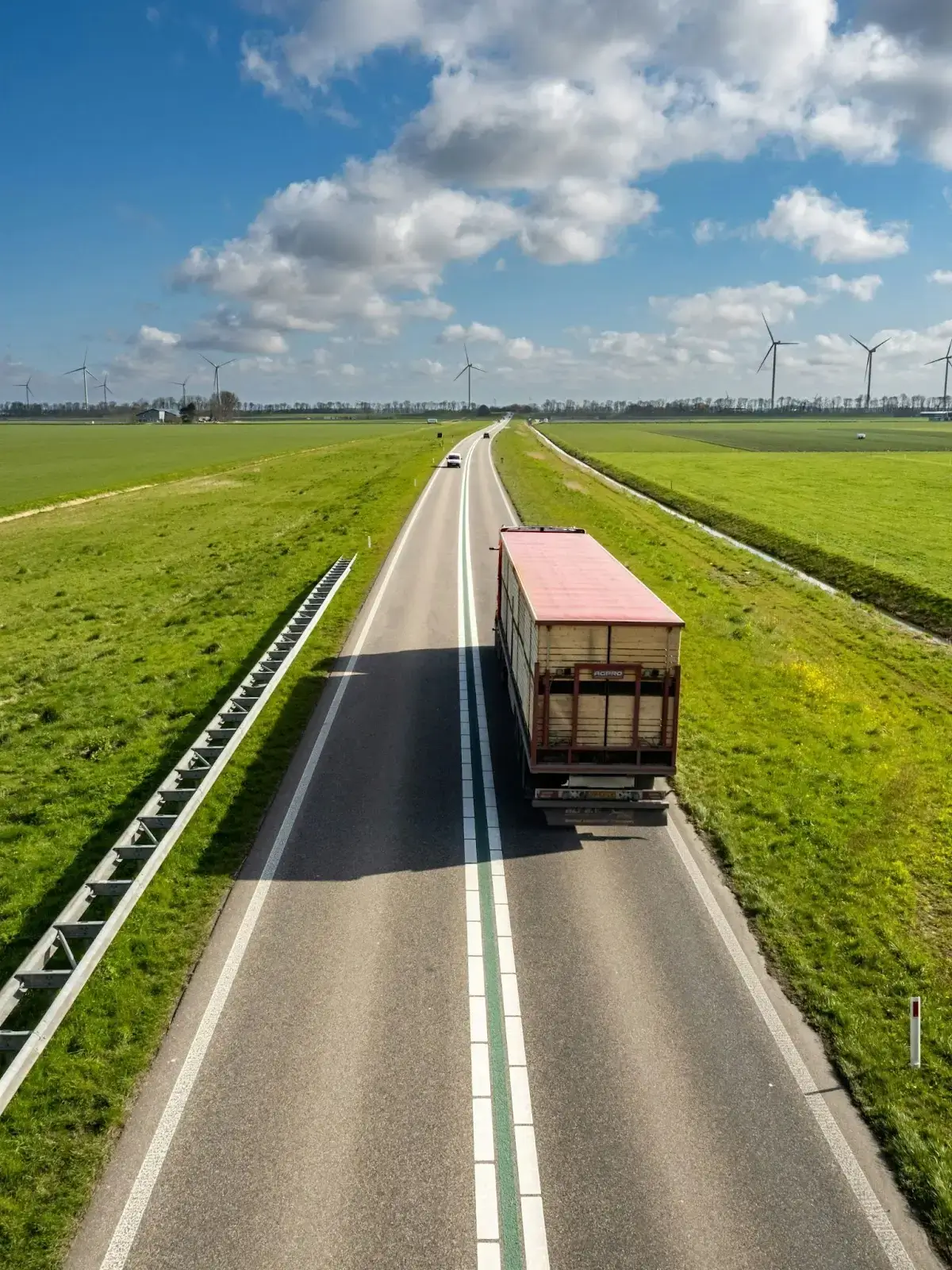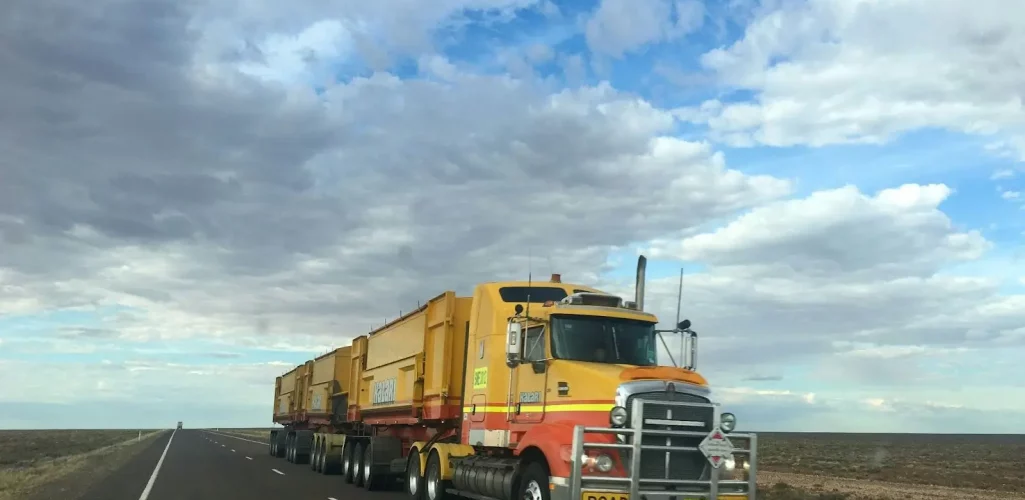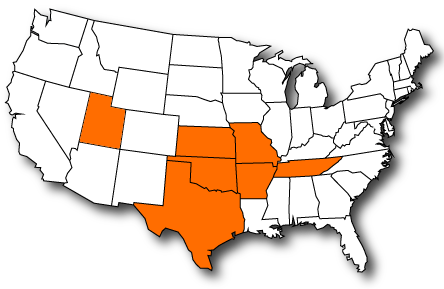Hotshot trucking is a popular and profitable sector of the trucking industry, providing fast and flexible transport for smaller loads. However, like all commercial driving operations, Hotshot Trucking requires adequate insurance coverage to protect against risks and liabilities.
The price of hotshot trucking insurance can differ significantly depending on multiple factors. In this blog, we’ll explore these factors, provide average cost estimates, and share tips for managing insurance expenses without compromising coverage.

Factors Influencing Hotshot Trucking Insurance Costs
1. Type of Coverage
- Primary Liability Insurance: This is mandatory and covers damages or injuries to other parties if you’re at fault in an accident. The cost can differ depending on the state’s minimum requirements.
- Physical Damage Insurance: Covers repairs or replacement of your truck and trailer in the event of an accident, theft, or other damages. Premiums depend on the value and type of your equipment.
- Cargo Insurance: Safeguards the value of the cargo you transport. The costs are affected by the type, value, and risk level of the cargo.
- Bobtail Insurance: Bobtail insurance covers liability when you operate the truck without a trailer. Useful for owner-operators who occasionally drive their truck without a load.
2. Cargo Value
- Higher cargo values necessitate higher cargo insurance coverage, which increases premiums. Hauling high-value items like electronics or luxury goods typically costs more to insure than everyday goods like furniture or raw materials.
3. Driving Records
- A clean driving record with no accidents or violations can significantly lower insurance costs. Insurers offer better rates to drivers with proven safety records.
- On the other hand, having a history of accidents, traffic violations, or claims can raise premiums.
4. Regional Considerations
- Insurance costs can vary based on the state or region. States with more traffic, stricter insurance rules, or higher accident rates may have higher premiums.
- For example, Arkansas (AR) and Missouri (MO) have different regulatory environments and risk factors that can affect insurance costs.
Average Cost Estimates
While exact costs can vary, here are some general estimates based on industry data:
- Primary Liability Insurance: $5,000 to $12,000 annually.
- Physical Damage Insurance: 2-5% of the truck’s value annually.
- Cargo Insurance:$400 to $1,200 annually, based on value and cargo type.
- Bobtail Insurance: $350 to $600 annually.
For specific regions:
Arkansas (AR)
Average annual costs for hotshot trucking insurance range from $7,000 to $10,000. What can influence these costs are:
- Driving Experience and Record: Insurance companies consider the driver’s experience and driving record. More experienced drivers with clean records tend to get lower rates.
- Type of Cargo: The nature of the cargo you transport can affect insurance costs. Hazardous materials or high-value items usually result in higher premiums due to increased risk.
- Geographical Location:** Operating in more densely populated or high-traffic areas can increase the risk of accidents, leading to higher insurance costs. Rural areas might see slightly lower rates.
- Vehicle Type and Age: Newer trucks with advanced safety features can sometimes reduce insurance costs. Conversely, older vehicles may attract higher premiums due to the increased risk of breakdowns and accidents.
- Coverage Limits: Higher coverage limits and additional policy options like cargo insurance or physical damage coverage will increase the overall cost.
For more specific information on hotshot trucking insurance in Arkansas, explore our detailed guide on hotshot trucking insurance in Arkansas.
Missouri (MO)
Average annual costs range from $6,500 to $9,500.
- Driving Experience and Record: A clean driving record and significant driving experience can help reduce insurance premiums. Insurers often reward safer drivers with lower rates.
- Type of Cargo: Transporting hazardous or high-value cargo will typically lead to higher insurance premiums. Ensure you accurately report the type of cargo you usually haul to get an accurate quote.
- Geographical Location: Operating in high-traffic urban areas can increase insurance costs due to the higher likelihood of accidents. Conversely, more rural routes might offer slightly lower premiums.
- Vehicle Type and Age: The type and age of your truck play a significant role in determining insurance costs. Newer trucks with modern safety features may help lower your premiums, whereas older trucks might result in higher costs.
- Coverage Limits: The amount of coverage you select will directly affect your premium. More extensive coverage options, including cargo insurance, physical damage insurance, and higher liability limits, will increase your overall cost.
These estimates can fluctuate based on individual circumstances and insurer policies. To compare freight costs to different states, click here to calculate your cost.
To learn more about hotshot trucking insurance in Missouri, check out our comprehensive guide on hotshot trucking insurance in Missouri.
Tips for Cost Management
1. Maintain a Clean Driving Record
- Prioritize safe driving practices and regular training. Avoid traffic violations and accidents to keep your record clean and insurance premiums low.
2. Invest in Safety Features
- Equip your truck with advanced safety features like GPS tracking, dash cams, and anti-lock brakes. These can reduce the risk of accidents and may qualify you for discounts.
3. Bundle Insurance Policies
- If you have multiple trucks or need various types of coverage, bundling policies with one insurer can often result in discounts.
4. Shop Around
- Don’t commit to the first estimate you get. Compare offers from multiple insurers to find the best rate for the coverage you need.
5. Increase Deductibles
- Choosing a higher deductible can reduce your premium. Make sure you have enough funds reserved to cover the deductible if you need to file a claim.
6. Regularly Review and Adjust Coverage
- Regularly assess your coverage needs. If your operations change, you might adjust your coverage levels accordingly, potentially lowering your costs.
Conclusion
Hotshot trucking insurance is an essential investment for safeguarding your business against risks. By understanding the factors that influence insurance costs, estimating average expenses, and employing effective cost management strategies, you can secure the necessary coverage without breaking the bank. Stay updated, drive cautiously, and safeguard your assets to ensure the long-term success of your hotshot trucking business.
Ready to Get Started?
Don’t let high insurance costs stall your hotshot trucking business. Get a personalized insurance quote and discover how we can help you save on premiums while ensuring comprehensive coverage. Our knowledgeable agents are here to assist you at every step.
Call us today or visit our website to learn more and take the first step towards securing your business’s future.


